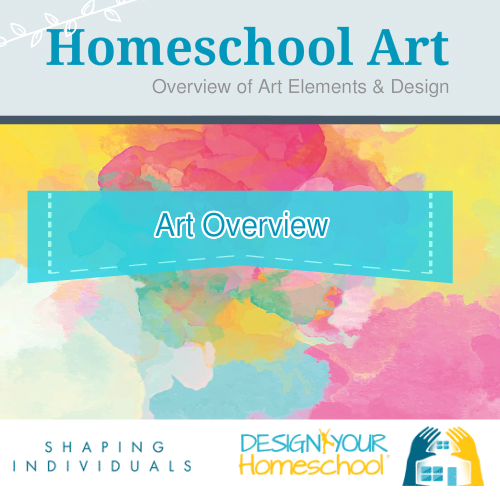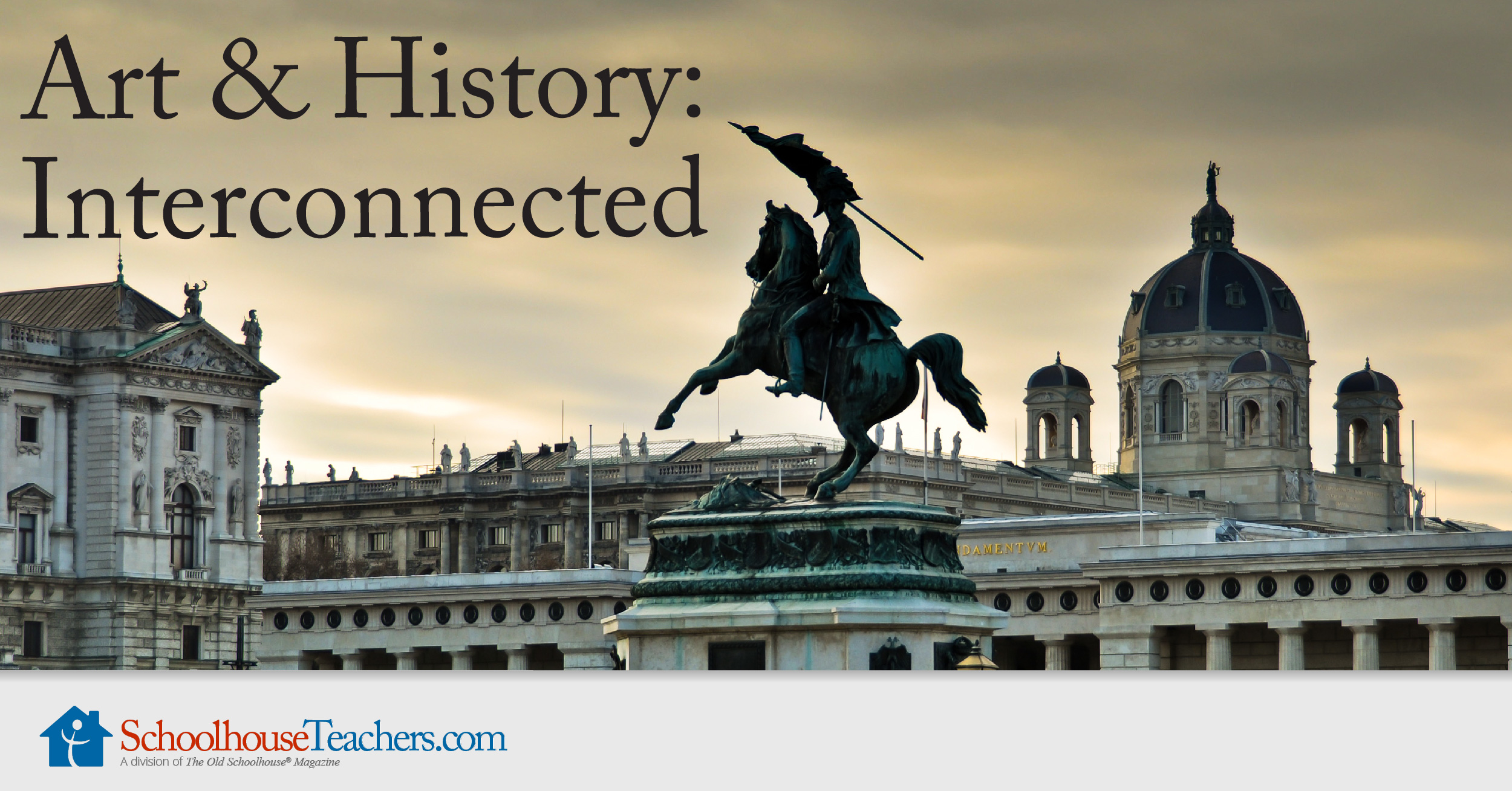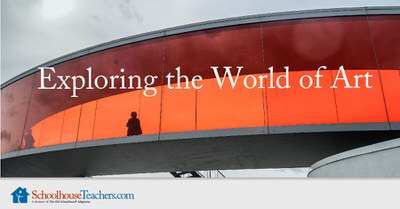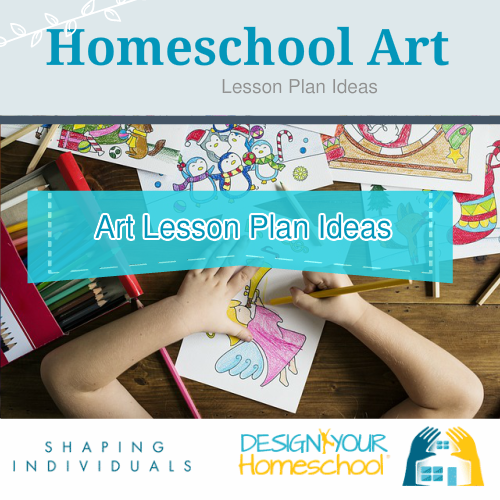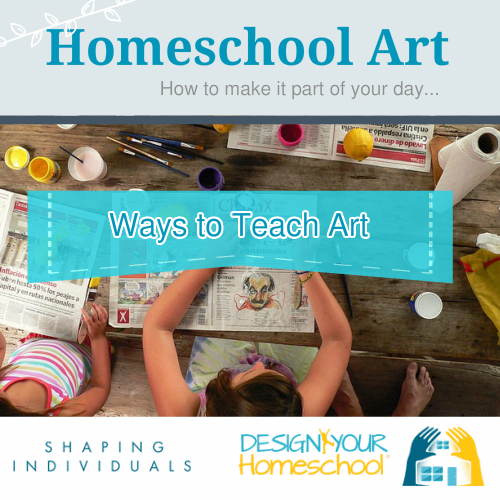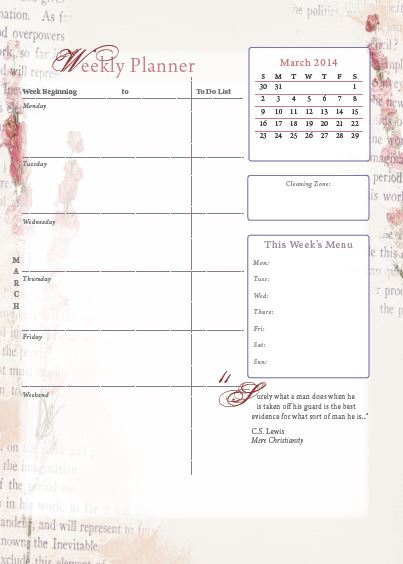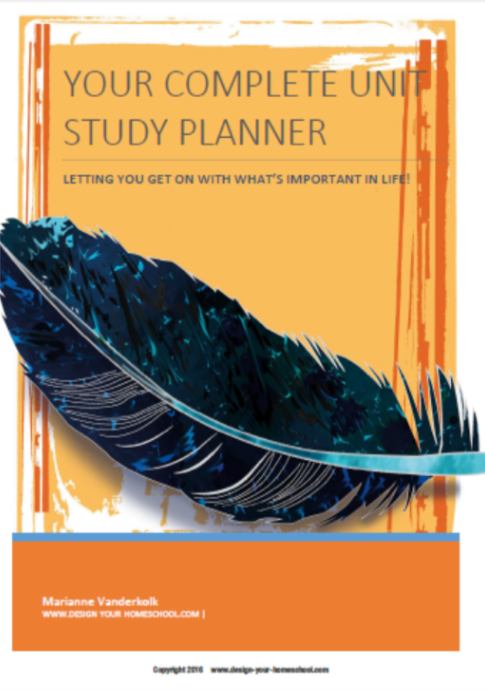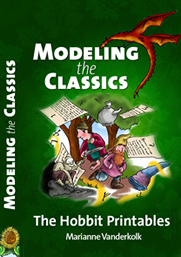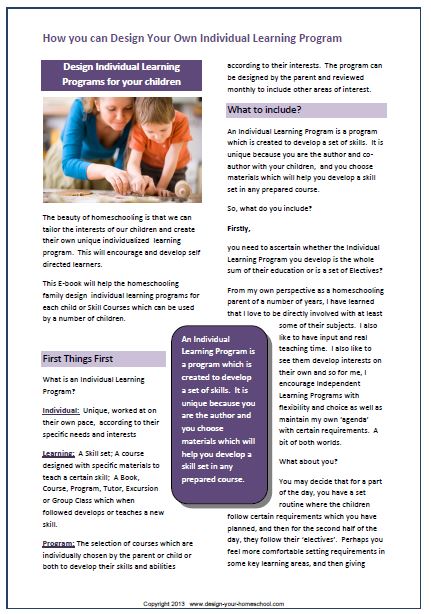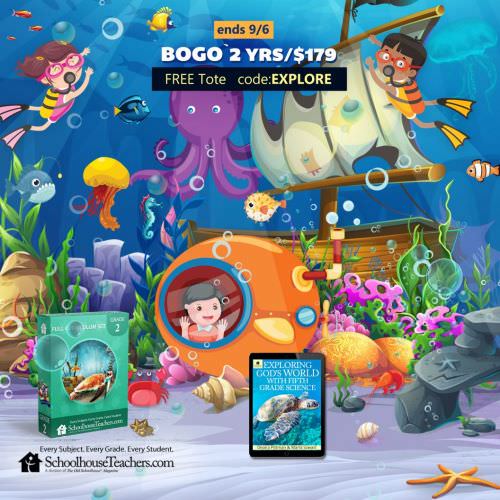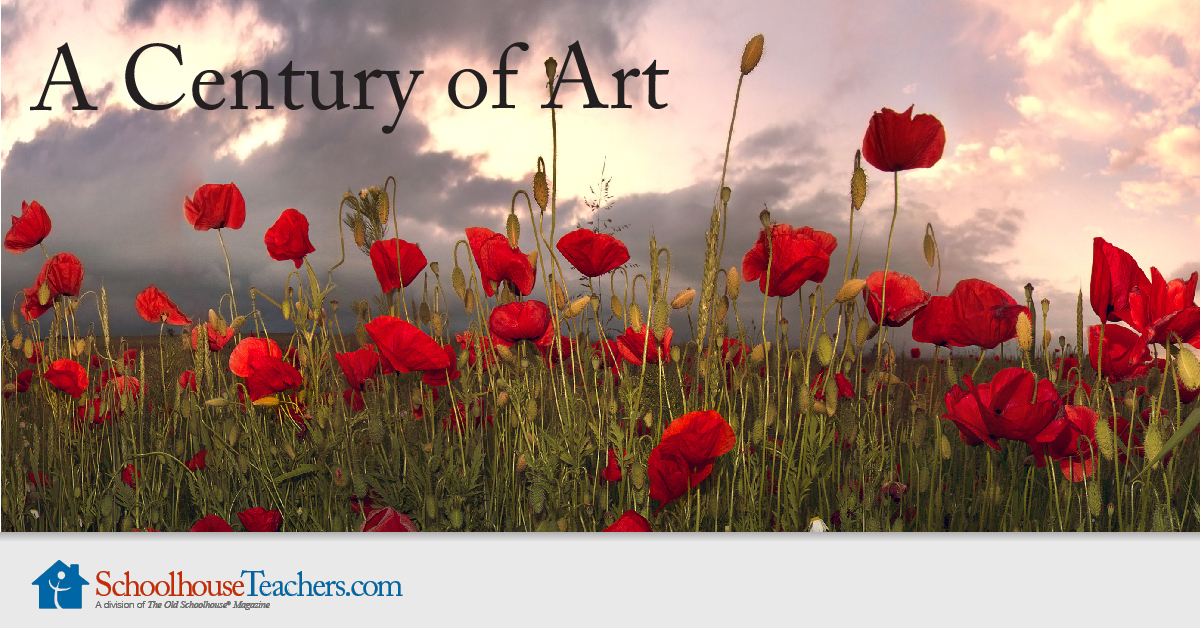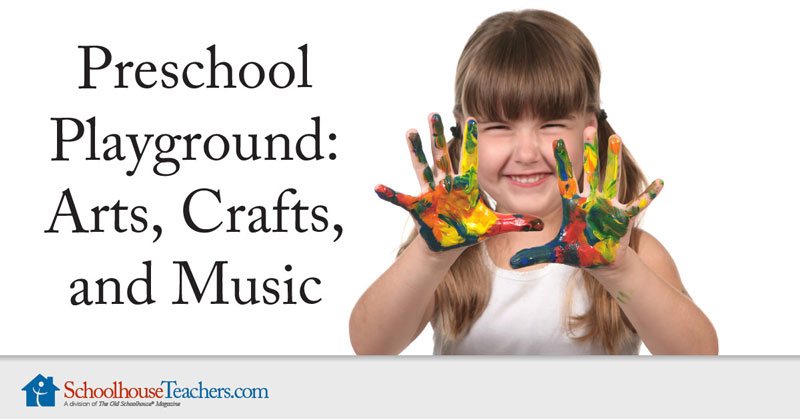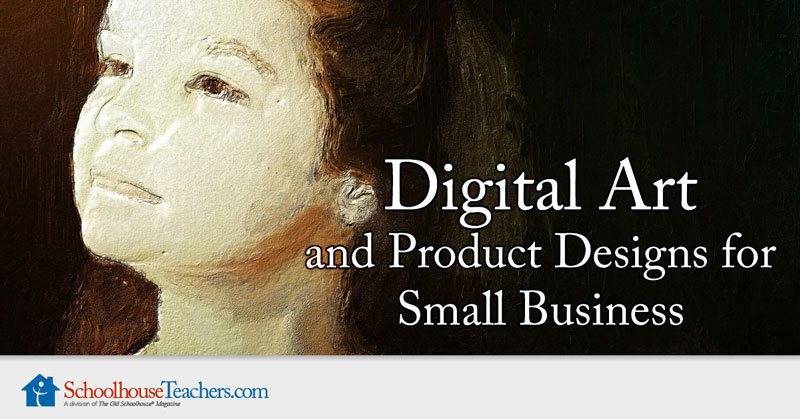Homeschool Art Curriculum - Helpful Resources
Designing your own homeschool art curriculum does not need to be overwhelming.
The way I like to think of it, is that art includes Content and it includes Practice.
So, when creating your homeschool art curriculum or plan, you need to think how to teach certain content and how to make time to practice art using a variety of art techniques and experimenting with the different elements of art.
Design your homeschool art curriculum here!
Homeschool art curriculum content
- Elements of Art includes: line | colour | texture | space and mass | form | value
- Principles of Design
- Art Techniques
Homeschool art resources to learn and practice the skills
When designing a homeschool art curriculum, you will use a variety of resources and methods such as:
The content of a homeschool art curriculum
Art can be defined according to its Artistic Elements and can be studied according to Principles of Design which refers to how the artist uses these elements in a piece of work. This subject can also be described by the art technique which is being used, such as: drawing; painting; sculpture; pottery; modeling, carving and constructing and more.
Let's now look at:
Elements of Art in your homeschool art curriculum
The elements of art can be taught one at a time, but will certainly overlap in practice:
line | colour | texture | space and mass | form | value
1. Lines are a crucial artistic element
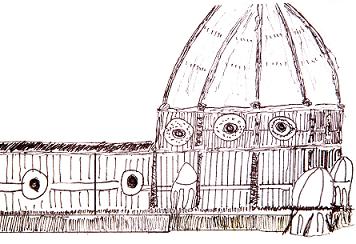
It's hard to imagine a drawing without lines! Lines are a crucial part to the whole work of art. Lines can describe emotion, action, peacefulness. "Line" can refer to free-flowing lines and also the measured lines of a Gothic cathedral. The use of perspective, control or the free-flowing, seemingly lack-of-control is a part of the way an artist uses line.
When designing your homeschool art curriculum, you may choose to focus on each of the elements of art, one at a time and also spend time analysing a variety of artists and their use of that element.
Barry Stebbing's Homeschool Art Curriculum focuses on the skill of drawing - working with line, texture, shading, and developing drawing skills in an incremental way. "Draw Lines, young man, Draw Lines!"
2. Colour as one of the elements of art
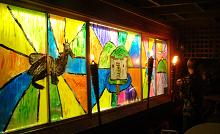 history art project using colour
history art project using colourThe use of colour in art is very powerful. Colour creates mood and can influence people in different ways. As soon as we walk into a painted room, we respond to it in varied ways. So, too with art. Colour produces response and the artist will use it for a variety of effects.
When you teach colour theory as a part of your homeschool art curriculum, there are a number of words which you would use to discuss the use of colour:
- Hue: the colour
- Value: the tone - the darkness or lightness of a hue.
- Saturation: This indicates how "pure" the colour is. If it has not been mixed with another colour, it is described at its maximum saturation.
- Complementary Colours: refers to the relationship between primary and secondary colours on the colour wheel. The complementary colours are those which are opposite eachother on the colour wheel - red/green, blue/orange and yellow/violet.
- Primary colours: The three primary colours are red, yellow and blue. Primary colours cannot be mixed from any other colours.
- Secondary Colours: When two primary colours are mixed together, it produces a secondary colour - blue/yellow = green; blue/red = violet; red/yellow = orange.
- Tertiary or Intermediate Colours: When you mix adjacent primary and secondary colours together, you produce an intermediate or tertiary colour - yellow and orange produces a orange-yellow colour.
- Analogous Colour: are like families of colour; Five or less colours which sit nextto eachother on the colour wheel always feel comfortable together.
- Warm Colours:The adjacent colours of the colour wheel which give a "Warm" effect and give the effect of coming forward or advancing. The colours are yellow-green, yellow, yellow-orange, orange, yellow-red, red, red-violet.
- Cool colours: are those identified as "receding" and are from yellow-green to violet on the colour wheel. These are normally "calming."
- Tonality: refers to the general colour effect in a painting. It can be achieved through use of analogous colours.
- Colour Wheel: is the spectrum of colour arranged in a circular wheel, showing the relationships between colours when they are mixed.
One way to teach art is to focus on the element of colour, use it in different ways to illustrate the power of colour and also the power of absence of colour and to view and analyse how artists use colour to create mood and tell a story.
3. Texture - how a subject feels or the illusion of how it may feel
We think of texture as to how a subject feels or the illusion of how it may feel. We describe texture in the degree of roughness or smoothness. Paint can give texture by the amount of paint used and also the technique in which the paint is applied.Every surface has a texture and children take great pleasure in observing the effects of texture such as leaf/bark rubbings working with crayon or pencil. Working with different textures can include ideas such as collage, print-making and stenciling with potatoes, wood-cuts, string over wood, linoleum, and sculpture using a variety of mediums - clay, wood, soap, wire and so on. Remember that the homeschool art curriculum you design does not need to be separate to your other subjects. The ideas above work perfectly as you're teaching science, history or even a part of a reading lesson.
4. Space and Mass - the space of the art and the space that surrounds it
This refers to the body of the work of art and the space that surrounds it. We readily understand the concept of mass when we view architecture, the huge spires and the balance of masses and space in sculptures. Of course a painter gives illusion of space in his two dimensional work.It is sometimes difficult for a student to understand how to use his page or how to deliberately leave space.
One way to teach art is to focus on the elements - in this case, space, and teach the element through spatial activities and study how and why artists have used space.
5. Form - the 3D aspect of art forms
Form refers to the three-dimensional aspect of art forms. In sculpture, you can physically touch and observe all the three dimensions of a form, but in a painting the artist needs to create the illusion of shape, space, and depth. This can be done with light,dark, brushstrokes, and use of perspective.
6. Value - expressing the shades of a colour
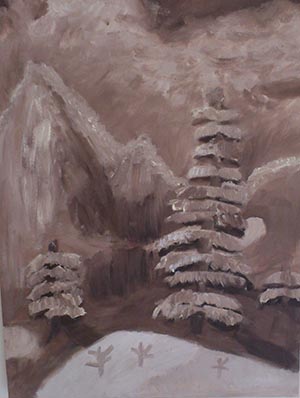 Value as an element of art - monochromatic oil painting
Value as an element of art - monochromatic oil paintingValue expresses the differing shades of a colour. In drawing, different pressure of the pencil, charcoal or chalk causes the differing degree of lightness or darkness on the paper. Shadows are produced in this way and balancing these elements create depth, form and is used in various ways.
If you were to teach Value - as a part of your homeschool art curriculum, you could make monochromatic (one colour) drawings or paintings. You can also view the work of artists who have controlled this element of design.
Make your life easy and use Artistic Pursuits which is a curricula which focuses on the design elements of art. There are many books in the series covering primary and high school years.
I have written more about homeschool art on the Artistic Pursuits Page.
Principles of Design
Another important part of your homeschool art curriculum includes what artists call the "Principles of Design."
Artists use and understand the elements of art in such a thorough way that they use them in a piece of work in varying degrees to obtain their desired goal. It is helpful for us to understand how these elements can be used, teach structured goals to practice and "play" with the elements and then observe, critique, analyse and work with the Principles of Design to gain further understanding of how artists approach a piece of work and achieve their desired outcome.
The principles of design are:
Balance - to create comfortable compositions
This is the way in which aspects of the art work balance each other to make a comfortable composition. Large figures can be balanced with a number of smaller figures; darkness with large forms; or an equal distribution of weight of form on each side of the paper.
Proportion - use of size in Art
This is the way an artist uses size to accentuate a person, shape, feature for a specific reason.
Rhythm - repetition in art
This is the way in which artists use the repetition of of an element to focus the attention of the audience. It can also describe the movement in which the artists wants to move the viewer to reach the focal point of the art.
Emphasis
This is a way in which artists emphasize a certain feature to draw attention to it.
Unity - the artwork as a whole
Unity describes the art as a whole, not unconnected elements or features, but how the artist has used colour, shape, form, rhythm and so on to achieve a unified whole, giving the viewer a comfortable feeling.
Art Techniques or Art Media
Art can be taught and enjoyed using a variety of different media. However, remember that integration is key when designing your homeschool art curriculum, so think of using the different art techniques in context of teaching other subjects. For ideas on how to teach using the different media in your homeschool, see Art Techniques
- Drawing - using pencil, charcoal, texta or marker pens, crayons, pastels, oil pastels, pen and ink. Need some Drawing Ideas for lesson plans?
- Painting - acrylic; water colour painting; oil painting;Need some Painting Ideas for lesson plans? Click here.
- Working with Paper - making pictures with paper, collages, sculptures, paper mache, pape mobiles;
- Sculpture and Pottery - modeling, carving and constructing; Here children can use clay, wood, plaster of paris, soap to form into three dimensional forms. Other 3D constructions can be made from wire, straws, and a combination of any re-cycled junk.
- Printmaking. Prints can be made in many ways - monoprinting (making one print by transferring a picture painted on glass or linoleum, onto another page by laying the paper on top of the painting), also can be done with other materials for different effects- string/material etc; Vegetable and Stick Printing; Linoleum and Woodcut Printing; fabric printing;
- Art using Technology - Computer Drawing; 3D computer modelling; Powerpoint presentations, Web Design; Film; Video and film making;
- Other Group Art Activities - Puppetry, Murals using paint, paper, chalk, crayons; Mosaics- using paper, tiles.
- Handcrafts - Weaving, Stitchery, Costume making, Sewing.
I'm sure I haven't exhausted the list of Art Techniques, but these are some ideas of what may be included in your own homeschool art curriculum. We have used a variety of these art techniques as we have incorporated homeschool art into various subjects and I have a far more detailed explanation of how to expand on these on this page: Art Techniques
Homeschool art resources to teach art skills
As a homeschooling parent, it's wise to think how you can combine subjects and art can easily be integrated into your homeschooling day as you teach other subjects. Here are some homeschool art resources which can be used when designing your home school art curriculum.
Homeschool art curriculum and courses
SchoolhouseTeachers.com - has a huge amount of homeschool online art classes for all different ages - online art lessons ranging from preschool through to teens who are looking to use digital art for small business.
Art living books
Art projects across the curriculum
Look out for opportunities for your children to draw what they're learning about. They can draw as you are reading aloud, draw in their history notebooks, their science and nature journals, their Bible story books. You can also teach the history of art alongside your history lesson - viewing the art works of the time period, reading about the artists and copying the art of the time.
To help your children with their drawings, you can get books from the library, watch videos or buy art textbooks. These can help to provide step by step direction.
While you are teaching different subjects, don't only think of drawing or painting what you're learning, but try to list the topics that you are planning to teach across different subjects and brainstorm as to how to use a variety of art techniques while teaching them.
- Science involves design and construction - woodwork projects etc
- Math includes patterns, prints, 3d construction, measurement, creating shapes and using space.
- History can include sculpture, copying techniques from various artists, making of costumes.
- Geography can include drawing and making 3d maps
- Reading and writing can include the making of puppets and making murals for drama scenes.
Copy the great artists
If you would like to study art in its historical context, see this page: Art history homeschool ideas - 4 steps to combine art and history, studying and copying the artists
Explore art in history
Art studied in its historical setting, has enabled us to appreciate and interact with different types of art forms and see changes in cultures and style. Here's how you can study history (and art) using a chronological approach to history .
Resources to teach different art techniques
Barry Stebbing's Homeschool Art Curriculum focuses on drawing skills. There are art textbooks for all ages and perfect for teaching homeschool art. We have used and enjoyed this series as a part of our homeschool art curriculum.
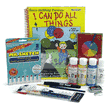
I Can Do All Things Bundle Package
By Barry Stebbing / How Great Thou Art
Text, Paints & Brushes, Fine Pen, Watercolor Markers, Eraser, and 12 Prismacolor Colored Pencils. Everything you need to complete this course! Recommended for ages 5-11.
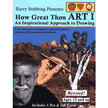
How Great Thou Art I: An Inspirational Approach to Drawing, Revised
By Barry Stebbing / How Great Thou Art
This conversational drawing-book combines casual text, simple lessons and quotes for the great artists for a fantastic introduction to drawing. Starting with the basics--"Draw lines, young man, draw lines!"--and incrementally growing towards the advanced--copying the masters and creating portrait studies.
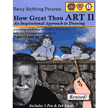
How Great Thou Art II: An Inspirational Approach to Drawing, Revised
By Barry Stebbing / How Great Thou Art
Designed to follow How Great Thou Art Volume 1, this book can nevertheless be done as a separate course, as some of the lessons from the first will be reviewed. Starting with basics of ellipses and lines, students will discover how to draw anatomy, nature, still lifes, lettering, automobiles and various other interesting drawing studies. Illustrations at each step of the way provide visual examples of the instructions. 113 pages, softcover with a blank "Sketchbook" included in the back. Ages 13 & up; 85 lessons. Four pen and ink cards are also included.
Exploring the World of Art is a SchoolhouseTeachers course will focusses on teaching art techniques.
Art resources to teach elements of art
Artistic Pursuits is an excellent art curriculum which teaches the elements of art and also helps you copy the styles of different artists in different time periods.
Art appreciation resources
A Century of Art by Tammie Bairen, from SchoolhouseTeachers is an art appreciation course for grades 6-8. It introduces the students to the key artists of the time period and each lesson includes an art projects to familiarize the student with the art styles. It covers:
- Impressionism
- Postimpressionism
- Fauvism
- Expressionism
- Cubism
- Abstract Expressionism
- Surrealism
- Art Deco
- Pop Art
Homeschool art consists of the elements of art and different art techniques and then combining these to create a unique homeschool art curriculum.
Art is always a reflection of what God has placed in nature and in the world and so, in my mind, Art, for a Christian should also follow the wonderful words of Philippians 4: "Whatever is true, whatever is lovely, whatever is admirable...."
We should encourage our children to dwell on what is good and pleasing, but also recognize how history and philosophy have shaped art. Then, as the student matures, it is worthwhile to critique artistic pieces of work, place it in its context, historically and analyse it meaningfully.
Enjoy!
- Home ›
- Homeschool Art ›
- Homeschool Art Curriculum Ideas
